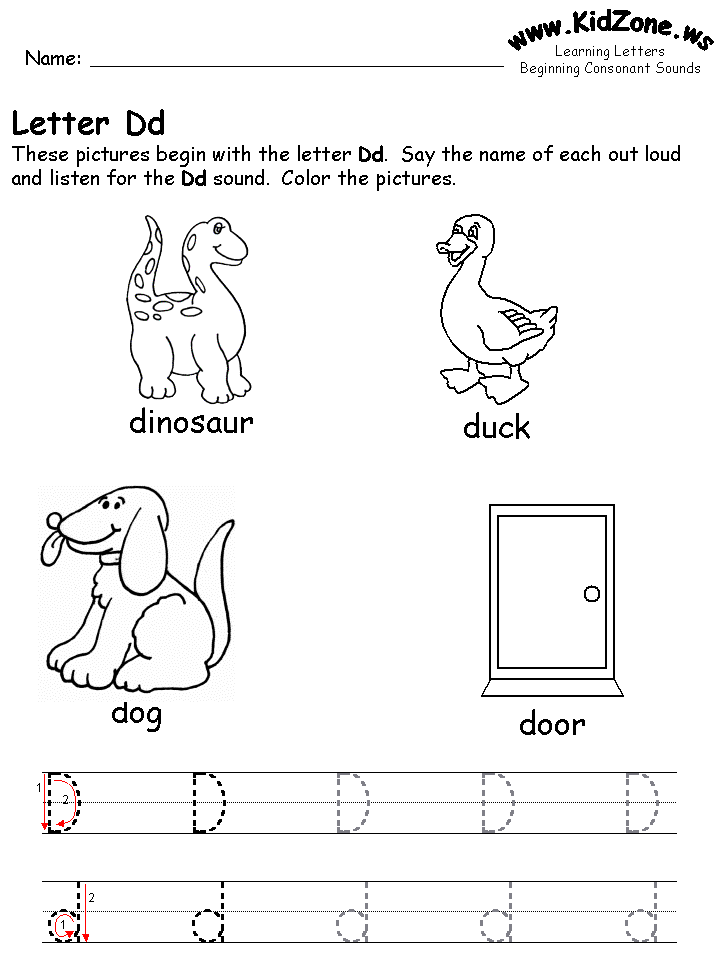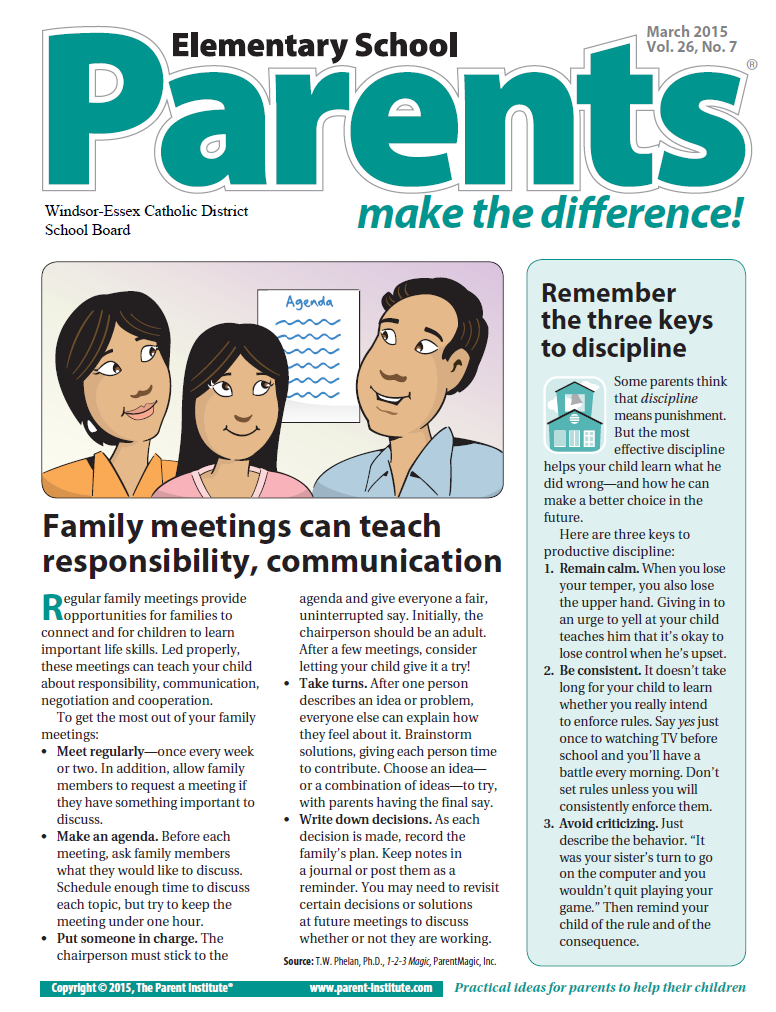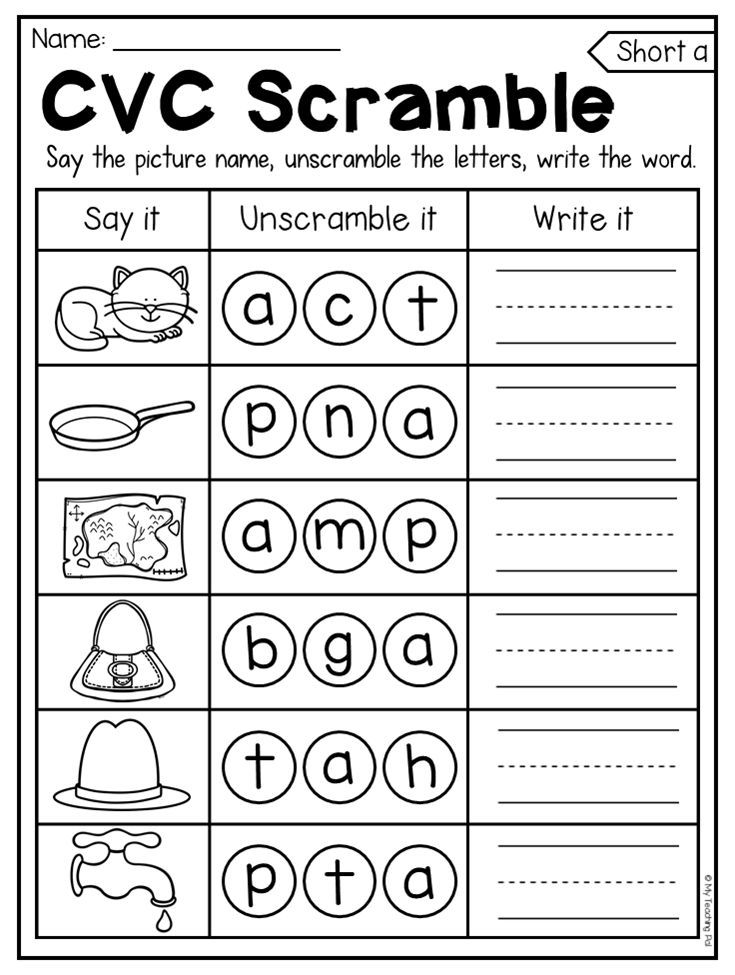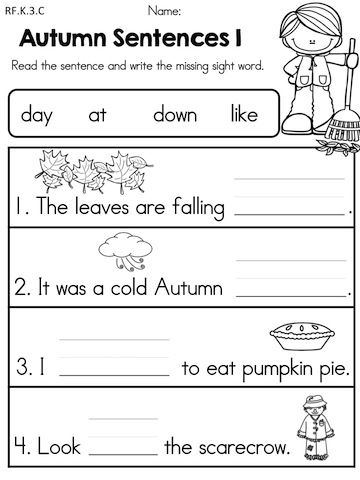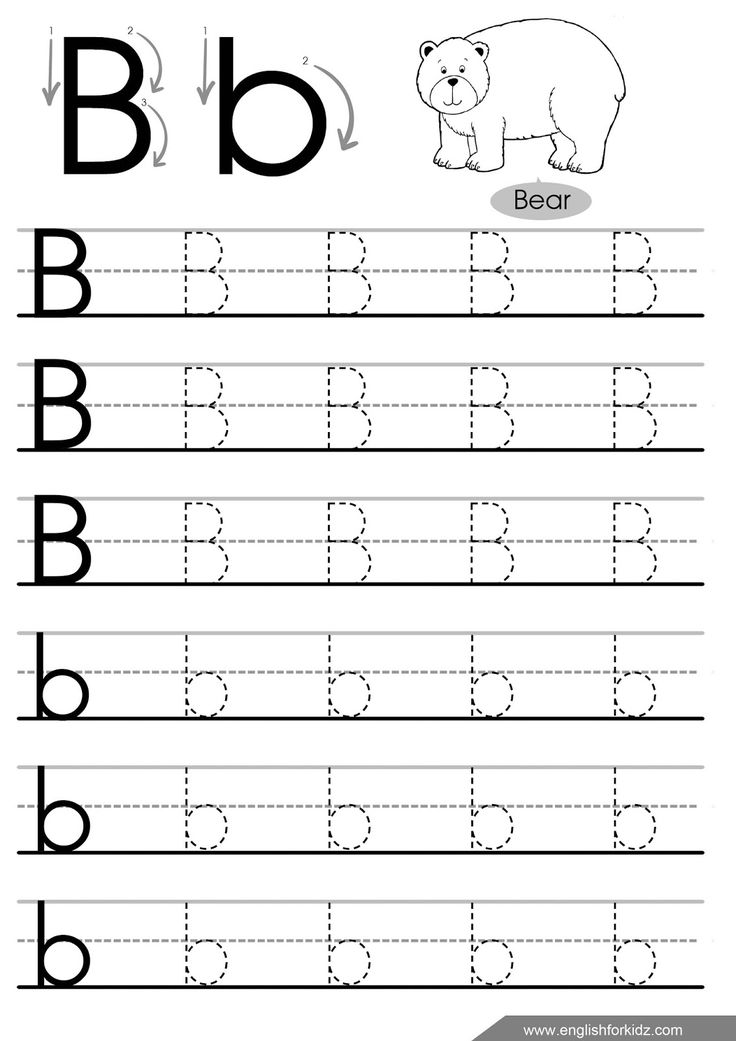Learning letter for kids
Learning Letters with Fun Activities
If your kids are learning letters, then this is the post for you! Teach the alphabet with hands-on activities that are engaging and enjoyable for young kids!
I am always creating new alphabet activities to do with my kids. From games, to activities to hands-on printables, there are so many ways to make learning letters a fun experience for your kids!
These activities are all fun, engaging and hands-on ways for kids to learn letters. And many of them require very few supplies. So let’s get started!
Learning Letters in Preschool and Kindergarten
1. Use a sand tray and these letter formation cards to help kids with letter identification, letter formation and even letter sounds.
Just use a small shallow tray and some colored sand to make a writing tray. Then pair it with the letter formation cards. The cards even include a small picture that represents the sound that each letter makes!
2. Play this Roll and Dot the Letter Game. In the two-player game version, children will roll an alphabet dice, and dot the letter on the page. The first person to dot 5 letters in a row wins! Or keep the game going and see who can get the most 5 in a rows per sheet.
3. Use these alphabet clip cards to help kids learn letter sounds while also developing fine motor skills!
4. These Beginning Sounds I Spy Mats make learning letters sounds fun and hands-on! Grab some alphabet beads and see if your kids can find all the letter sounds on the mat!
5. Print out this board game and play a fun game that teaches letter identification and letter sounds. This is one of my most popular ideas and one of my kids’ favorites!
6. These printable alphabet puzzles will make learning letters a hands-on experience. They develop critical thinking skills and fine motor skills while teaching letters and sounds!
7. Combine play dough and learning letters with these engaging alphabet mats. Not only will kids practice letter formation while using them, but they will also practice identifying beginning sounds in words. Slip them into write and wipe pockets and you can use dry-erase markers on them too.
Not only will kids practice letter formation while using them, but they will also practice identifying beginning sounds in words. Slip them into write and wipe pockets and you can use dry-erase markers on them too.
Get these Activities in my Alphabet Printable Pack
These activities can be found in my brand new Alphabet Printable Pack! With 370+ pages and 17 alphabet activities, this alphabet pack is going to be so helpful to you!
8. These Beginning Sounds Clip Wheels develop fine motor skills while teaching the children to identify beginning letter sounds. Each wheel includes 4 objects that correspond to the letter in the middle. Children will mark the correct pictures with clothespins.
9. Beginning Sounds Mazes are a fun way to learn letter sounds! These bright and colorful mazes are visually engaging and great for developing visual tracking skills which are also necessary for reading.
10. My kids really enjoy these Spot the Letter Mats.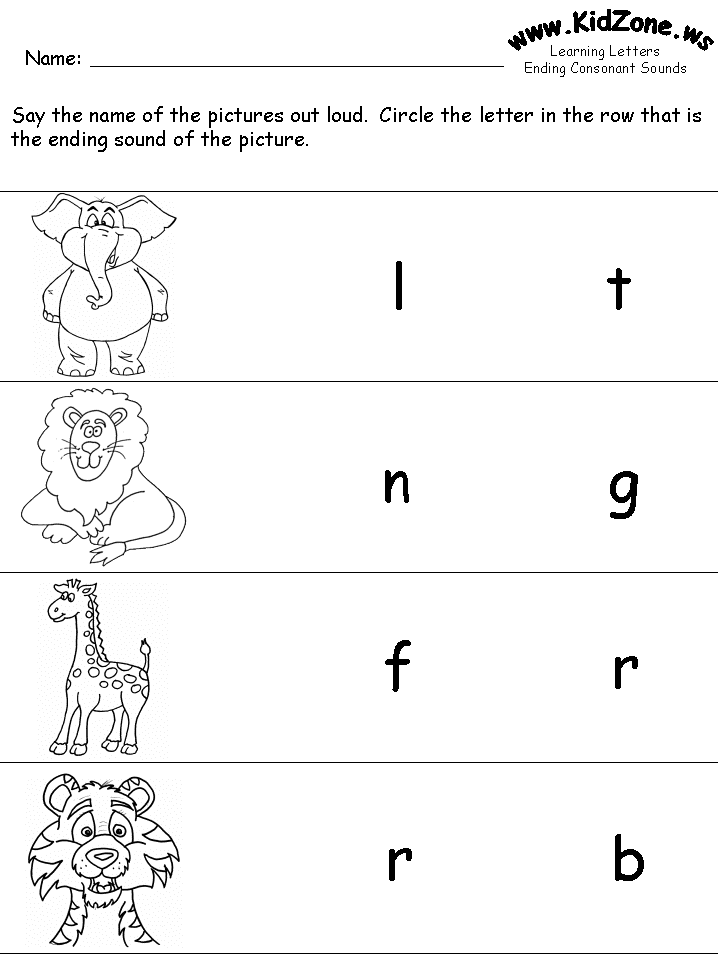 Children will search the mat for objects that start with the letter in the middle of the mat. Slip in dry-erase sleeves and mark objects with dry-erase marker. Or laminate and mark with pom poms, craft gems or other small objects.
Children will search the mat for objects that start with the letter in the middle of the mat. Slip in dry-erase sleeves and mark objects with dry-erase marker. Or laminate and mark with pom poms, craft gems or other small objects.
Buy the Alphabet Printable Pack
To read more about the Alphabet Printable Pack and all of the activities that are included, click the link below!
100+ Alphabet Activities that Kids Love
This is a list of the best preschool alphabet activities we've done! They are all fun, hands-on ways to teach the alphabet and letter sounds!
My son enjoyed all of these fun, active and hands-on letter learning activities.
Alphabet Activities for Kids
I love that there are an infinite amount of ways to teach the alphabet to preschoolers and kindergarteners.
There are alphabet games, fine motor activities like play dough mats, clip cards, crafts and so many other fun, hands-on ways to teach the alphabet.
Forget the flashcards and try some of this engaging alphabet activities instead!
Alphabet Skills
This list covers a variety of alphabet learning skills such as:
- letter identification
- letter sounds
- uppercase and lowercase matching
- beginning sounds isolation
- letter formation
We are always adding more alphabet and letter sounds printables and activities to our site, so stay tuned for even more alphabet activities that will engage your kids and make learning and teaching the alphabet fun!
You may also like this alphabet activities printable bundle.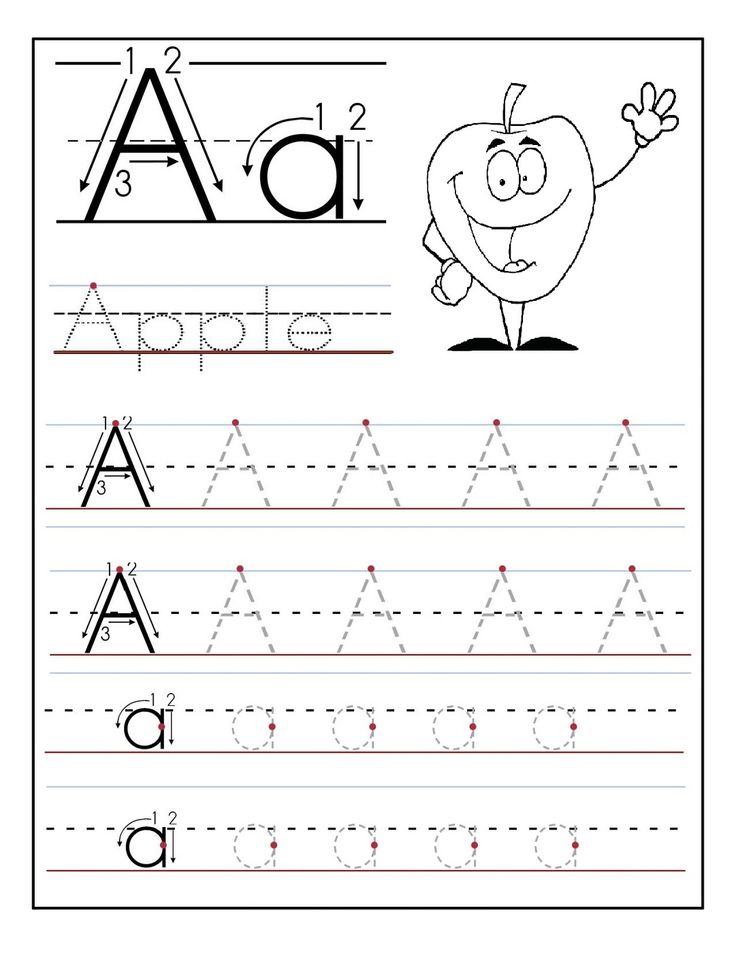 It is jam-packed with engaging ways to teach the alphabet to your students!
It is jam-packed with engaging ways to teach the alphabet to your students!
Get the Alphabet Activities Printable Bundle
These alphabet printables and activities are perfect for preschool and kindergarten students. They cover letter recognition, letter sounds, uppercase and lowercase matching, beginning sounds isolation and more!
With over 300 pages of printable alphabet activities, this printable pack is sure to keep the kids engaged!
Click the button below to head over to the purchase page.
Keep scrolling to find our big list of free alphabet and letter sounds printables!
Alphabet Activities for Kids and Preschoolers
Since I have so many preschool alphabet activities on my blog and I am going to be adding even more, I made this page to keep all the posts together and easy to access for my readers.
I will continue to add my new activities to this page, so you can always come back and find them here.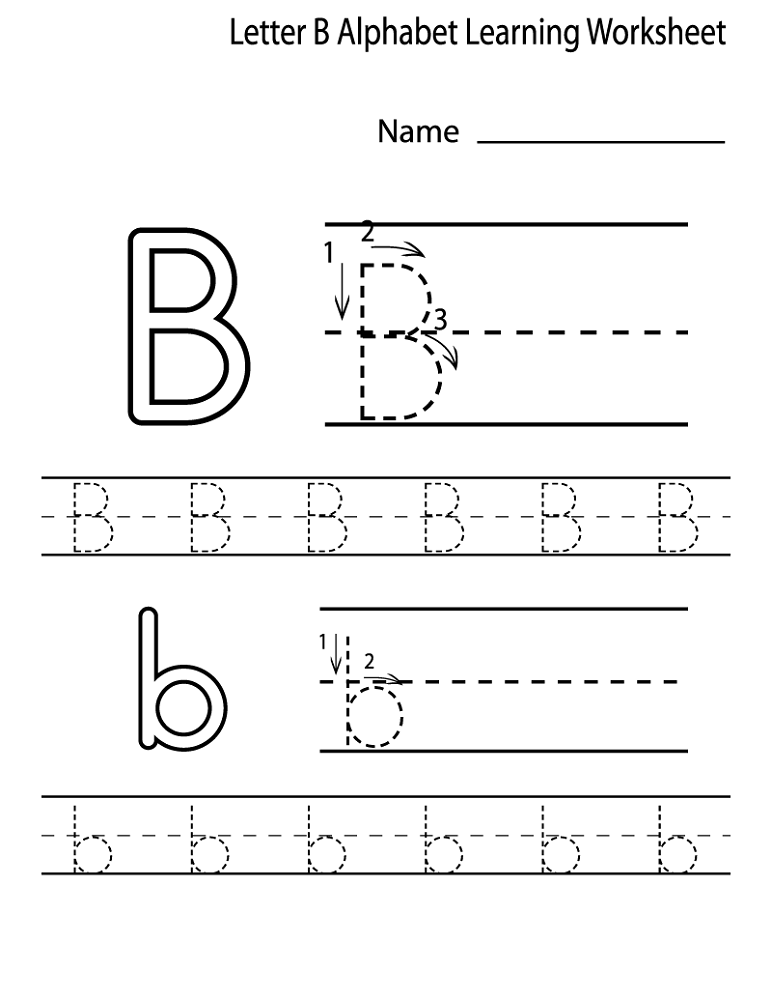
I hope this will be a huge resource for you! Make sure you pin or bookmark this page, so you can revisit as needed and see everything new that I've added.
Don't forget to check out my alphabet Pinterest board. I pin all kinds of fantastic, hands-on ideas there. I also have tons of preschool learning activities of all kinds on my activities for preschoolers board.
Even more awesome ways for kids to learn the alphabet.
Check out the alphabet activities category on Pinterest. There are thousands of activities! Or check out this Pinterest board with tons of engaging ways to teach the alphabet.
I just love this post with 50+ incredible activities for teaching the alphabet.
These 25 alphabet games and activities are so much fun!
Here's a big list of hands-on ways for kids to learn the alphabet. So many genius ways to teach the alphabet here!
Looking for alphabet printables? Check out this post to find some, along with a bunch of other hands-on activities.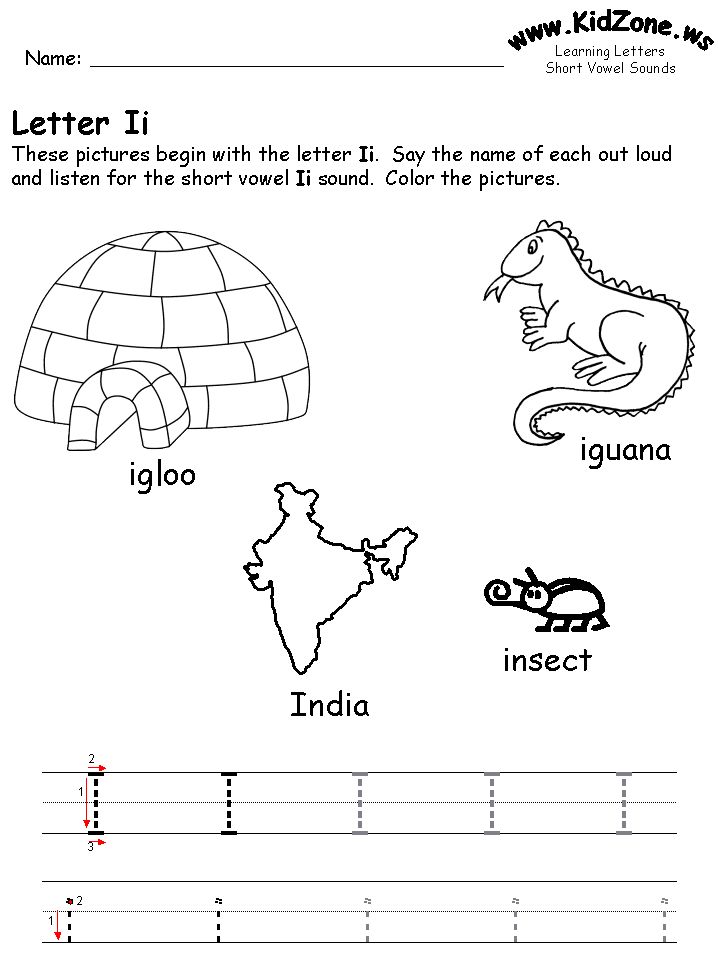
Mistakes in writing and reading: learning to overcome them
Speech therapist teacher Elena Sycheva teaches parents simple and accessible, but effective methods for solving problems with reading and writing in younger students.
Speech is a very important function. This is what distinguishes man from the animal world and makes man human. It has a tremendous impact on the development of the child, and speech and writing disorders, as a rule, become serious obstacles in learning. Oral and written language in school are the main means of learning. nine0005
It may seem that writing and reading disorders prevent the child from mastering only two subjects - the Russian language and literary reading. But in reality this is far from the case. Imperfect reading and erroneous writing can reduce a child's success in learning other subjects. If the student does not understand the conditions of the problem, then he can solve it incorrectly. It is difficult for children with speech and writing disorders to memorize and retell some speech material, it is difficult to distinguish by ear the words of both their native language and a foreign one. nine0005
nine0005
Writing and reading disorders do not occur in isolation, they can affect different aspects of a child's development and learning at school.
What is the reason?
Where do such violations come from? As a rule, the cause is a violation of oral speech. Oral and written language do not exist separately from each other. They are inextricably linked, and the quality of writing and reading directly depends on the quality of oral speech.
The first thing that attentive parents should do is to make sure that by the time they enter school, the child does not read and write (which many are striving for now), but has good oral speech, that is, the foundation on which the school will build writing and reading. nine0005
If there are difficulties
There are three important steps to take to help a child who has difficulty reading and writing.
Step one. Recognition that there is a problem. No matter how simple it may sound, many parents do not always succeed in this step.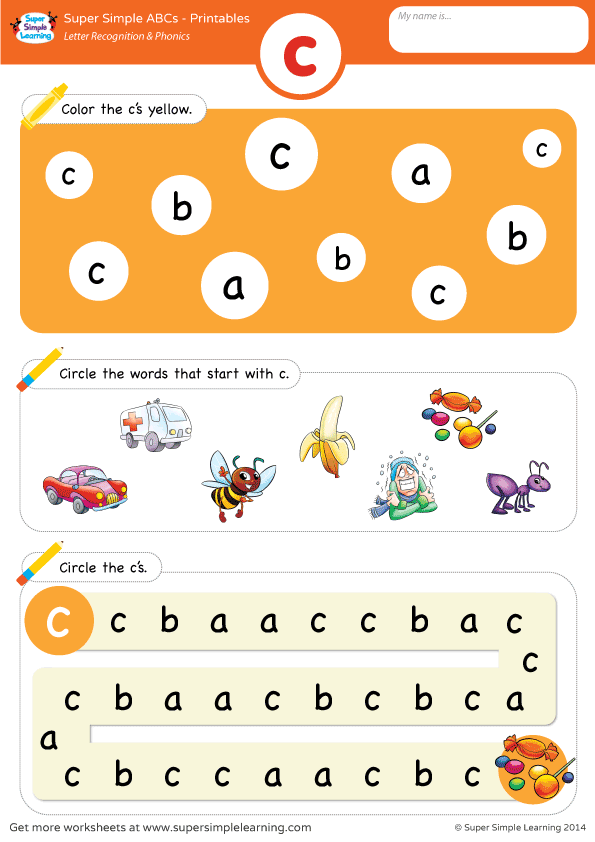 Why is it difficult? When we see the problem of our son or daughter, we first of all want to find someone to blame for the fact that something is not working out for the child. As a rule, the teacher becomes guilty (because he teaches poorly) or the child (because he studies poorly). Such a blame-finding strategy is not a productive method at all. It is better to direct your energy to help your child. Establish a business contact with the teacher, show that you are interested in receiving truthful, objective, timely information. nine0005
Why is it difficult? When we see the problem of our son or daughter, we first of all want to find someone to blame for the fact that something is not working out for the child. As a rule, the teacher becomes guilty (because he teaches poorly) or the child (because he studies poorly). Such a blame-finding strategy is not a productive method at all. It is better to direct your energy to help your child. Establish a business contact with the teacher, show that you are interested in receiving truthful, objective, timely information. nine0005
If a child has problems with reading and writing, don't panic. The most important thing is not to hide your head in the sand and not hide your child from specialists. It is better to turn to different specialists: a doctor, a psychologist, a teacher. Reading and writing problems may be just the tip of the iceberg, and they may hide more serious developmental and health problems.
Step two. Creating a friendly environment around the child.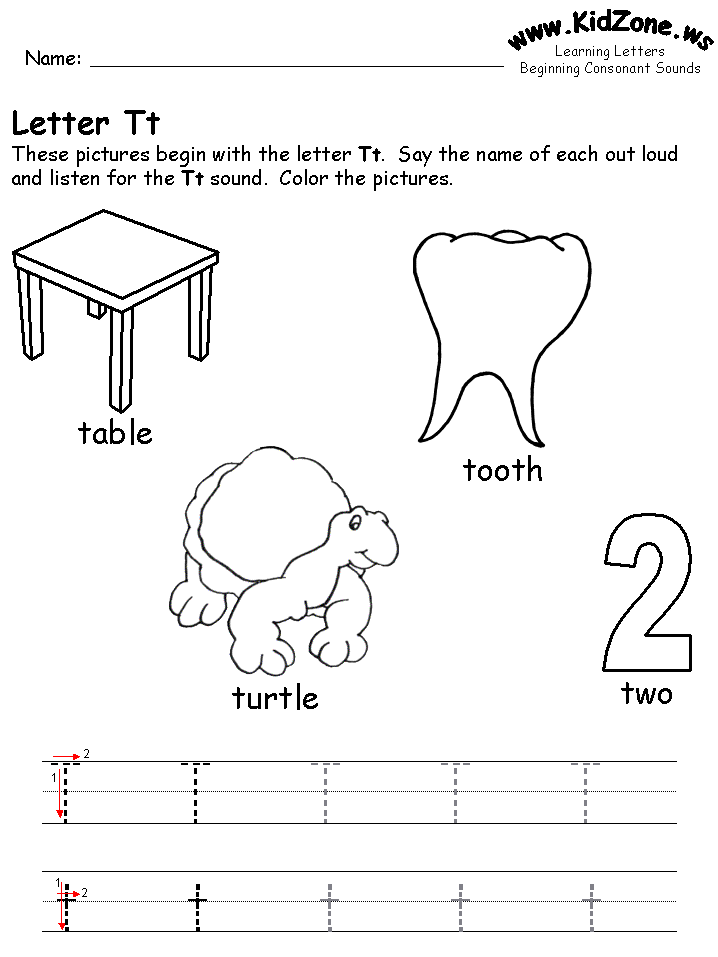 If a child is accused, punished, scolded for mistakes, if there are constant battles with parents at the desk, there can be no talk of any benefit of such activities. I must say, children themselves are usually upset that something does not work out for them. But this happens for some time, then the child's body and psyche adapt, because the child cannot be upset all the time. As a result, he may show indifference or fun, show that he does not care. But parents should remember that this is not the case. If you find it difficult to keep cool in class with a child, seek help from specialists, or simply imagine that you are now studying not with your own, but with a neighbor's boy or someone else's girl. nine0005
If a child is accused, punished, scolded for mistakes, if there are constant battles with parents at the desk, there can be no talk of any benefit of such activities. I must say, children themselves are usually upset that something does not work out for them. But this happens for some time, then the child's body and psyche adapt, because the child cannot be upset all the time. As a result, he may show indifference or fun, show that he does not care. But parents should remember that this is not the case. If you find it difficult to keep cool in class with a child, seek help from specialists, or simply imagine that you are now studying not with your own, but with a neighbor's boy or someone else's girl. nine0005
Step three. Reducing the volume and speed of tasks. Many parents believe that writing and speaking disorders are "cured" by dictation and reading aloud. But the "wedge with a wedge" method does not work here. The more we force a child with writing and reading disabilities to read and write, the more mistakes he makes and the less attractive this activity becomes for him. So we are in a vicious circle. An even worse effect occurs when the child is punished with writing or reading. For example, mom angrily crosses out homework and says, “Rewrite! You are punished!" - or takes the phone away and announces: “Here is a book for you, go read. You are punished!" This can only achieve the opposite effect: the child will hate unloved activities even more. Many may be surprised to learn about the need not to increase the load, but, on the contrary, to reduce it. But nevertheless, these are the recommendations of specialists from the Ministry of Education of the Russian Federation. nine0005
So we are in a vicious circle. An even worse effect occurs when the child is punished with writing or reading. For example, mom angrily crosses out homework and says, “Rewrite! You are punished!" - or takes the phone away and announces: “Here is a book for you, go read. You are punished!" This can only achieve the opposite effect: the child will hate unloved activities even more. Many may be surprised to learn about the need not to increase the load, but, on the contrary, to reduce it. But nevertheless, these are the recommendations of specialists from the Ministry of Education of the Russian Federation. nine0005
Individualization of the educational route
- Reducing the pace and volume of tasks.
- Use of audio recordings of educational material.
- Use of auxiliary didactic materials.
- Use of a specially designed writing and reading grading scale.
- Carrying out the current, intermediate and final certification, taking into account the existing features.

The school council or the psychological-medical-pedagogical commission (PMPC) will help to develop an individual educational route for the child, where any parent can apply on their own at their own request. nine0005
How can I correct the letter?
In addition to the fact that one should not write dictations with a child, it is important to know that children with writing and reading disorders are not shown preliminary work on a draft and subsequent rewriting in a notebook. A lot of energy is spent on such activities, the child gets tired. In addition, when he rewrites from a draft to a notebook, he can still make mistakes, which will upset both the adult and himself. In this case, it is better to use Write-Erase pens or pencils. Try to reconsider the stringent requirements for children with writing and reading disabilities. Writing with pencils gives you the opportunity to correct your incorrect spelling at any time. nine0005
Repeated rewriting of the exercise will not help to solve the problem.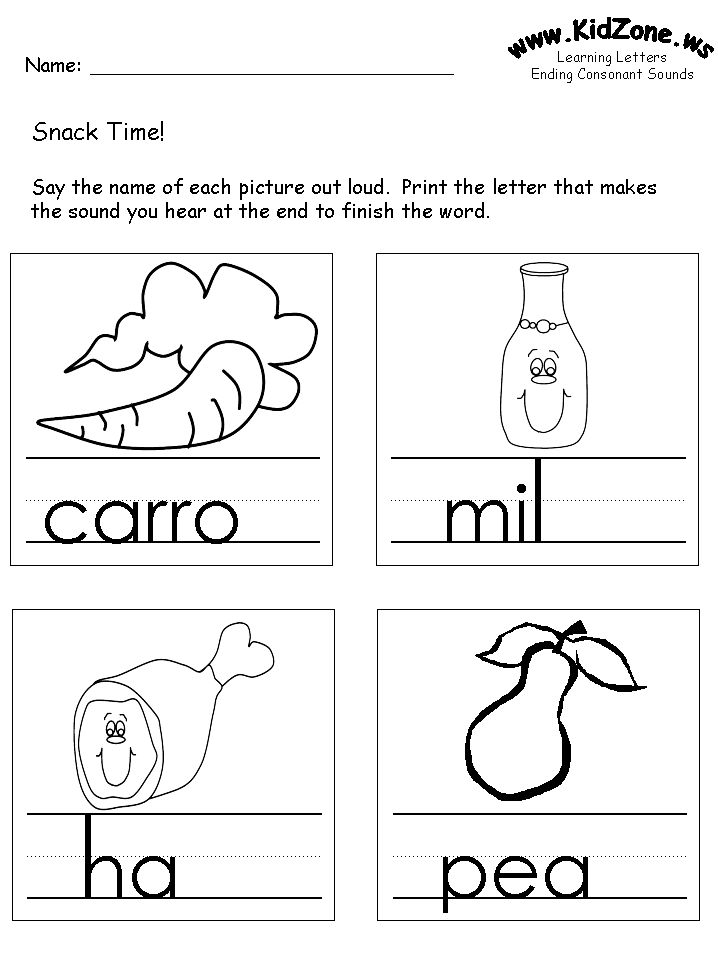 It leads to mechanical thoughtless memorization. It is necessary to explain to the child where his mistakes come from, so that he understands this and realizes it.
It leads to mechanical thoughtless memorization. It is necessary to explain to the child where his mistakes come from, so that he understands this and realizes it.
A good way to deal with writing errors is when a child dictates text to himself in a loud voice while writing. But it cannot be applied in the classroom, because there dictation is possible only in a whisper, and whispering distorts pronunciation, and this can lead to even more errors. nine0005
Children with writing disorders are also contraindicated for tasks like "Correct the mistake", that is, incorrectly written sentences or words. Such tasks can lead precisely to remembering mistakes.
What children with writing disabilities need
Teaching reading in two ways: “as they say” and “as they write”. This is the so-called spelling pronunciation. It is necessary to show children the difference in the pronunciation of words and their spelling.
Teaching dictations (optional, warning).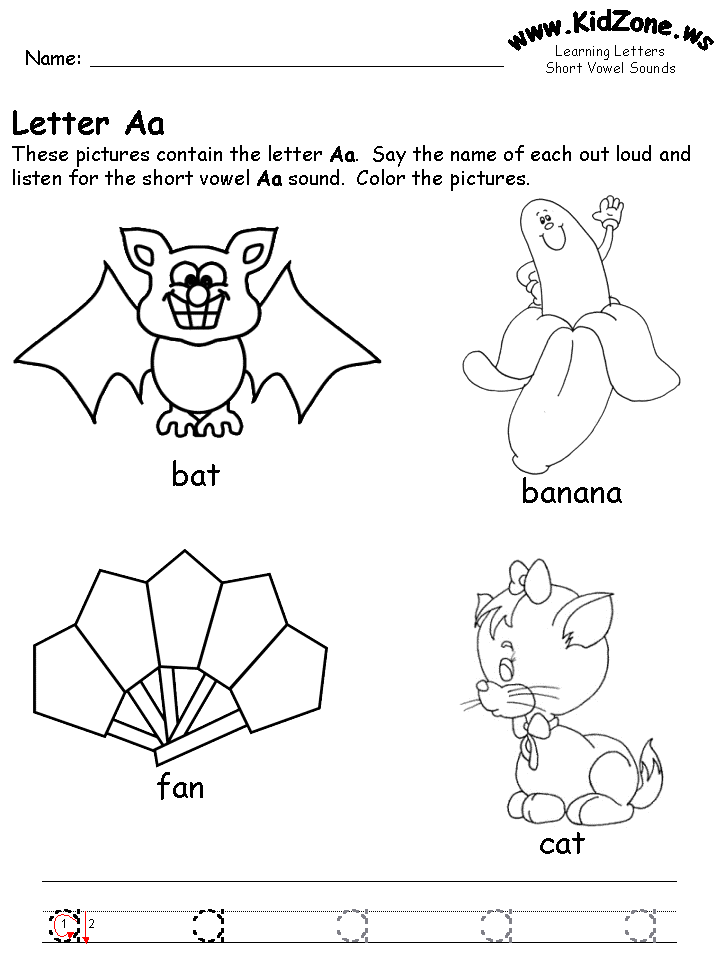 Suppose a child confuses the letters A and O, in writing he regularly replaces one with the other. Tell him: “Now I will dictate words to you, but you write down only the letter A or O.” The child will be very happy that he will not have to write a whole word, but only a letter. You can not ask him to write at all, but make cards with the letters A and O and ask him to show the right one when dictating. If he raises the card incorrectly, the mistake will not be fixed on the letter, and therefore in the mind of the child. nine0005
Suppose a child confuses the letters A and O, in writing he regularly replaces one with the other. Tell him: “Now I will dictate words to you, but you write down only the letter A or O.” The child will be very happy that he will not have to write a whole word, but only a letter. You can not ask him to write at all, but make cards with the letters A and O and ask him to show the right one when dictating. If he raises the card incorrectly, the mistake will not be fixed on the letter, and therefore in the mind of the child. nine0005
In the case of a warning dictation, it is necessary to pronounce the word and ask the child if something needs to be checked here, which letter should be paid attention to, how he will write this word. Ask questions: “Why did you decide to write like that?”, “How did you check the word?”
Attracting attention to the sound of a word, its meaning, spelling. Exercise can be done not only at the desk. This can be done on the way to school, on walks, just when it comes to mind, when there is a good mood and time.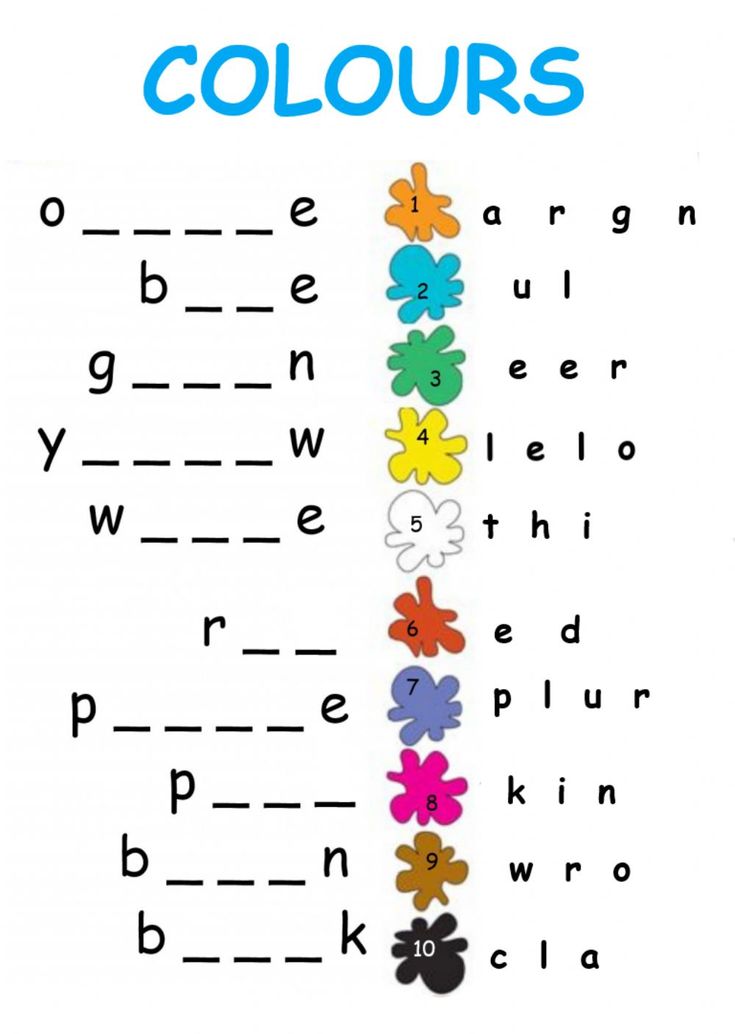 It is necessary to draw the attention of the child to the sound of the word, its meaning, meaning. nine0005
It is necessary to draw the attention of the child to the sound of the word, its meaning, meaning. nine0005
Ensuring a complete speech environment next to the child. It is necessary to monitor the increase in the level of literacy of the whole family. Do all family members correctly pronounce words with some kind of complex stress, how they express their thoughts, what sentence constructions they use. All this will make up the vocabulary and knowledge base of the child.
Search for workarounds and the causes of errors in the letter. Help your child to understand the material being studied. Cramming is also sometimes useful, but it is much better when the child understands the relationships and can explain why he writes the way he writes and not the other way. Therefore, it is often necessary to look for some workarounds for children with writing and reading disorders if the material is not absorbed in the traditional way. This means that in order to facilitate the memorization of some information, it is necessary to come up with an image.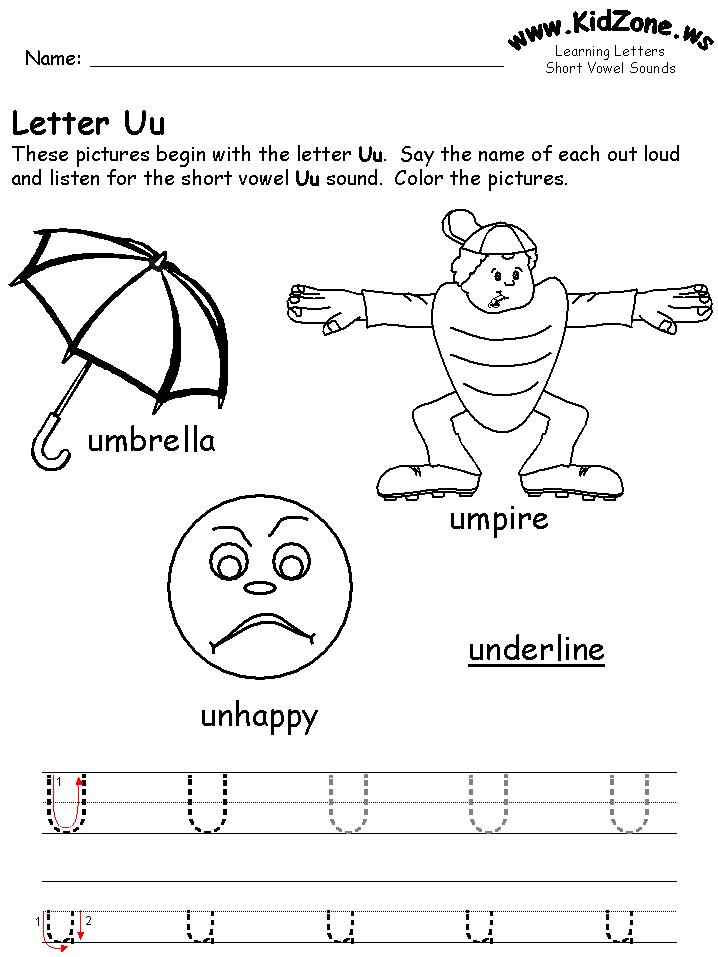 For example, in order for a child to remember that a sentence is capitalized and a period is put at the end of the sentence, ask him to imagine how a line is lined up in a physical education lesson. The tallest student stands at the beginning, and the shortest at the end. The same principle is observed in the proposal. This method of memorization will help you quickly evoke the right associations. You can find such pictures on the Internet or draw a dictionary word yourself with your child. nine0005
For example, in order for a child to remember that a sentence is capitalized and a period is put at the end of the sentence, ask him to imagine how a line is lined up in a physical education lesson. The tallest student stands at the beginning, and the shortest at the end. The same principle is observed in the proposal. This method of memorization will help you quickly evoke the right associations. You can find such pictures on the Internet or draw a dictionary word yourself with your child. nine0005
How to improve reading
First you need to figure out exactly what the problem is: I didn’t remember all the letters, I don’t understand what I read, I read incorrectly. Then it is worth moving on to classes, in the organization of which Nikolai Burakov's manuals and didactic material for teaching reading by Galina Misarenko will help. They can be selected according to the level of complexity and depending on the task. The main thing in your activities with a child is regularity, otherwise the result will be unsatisfactory.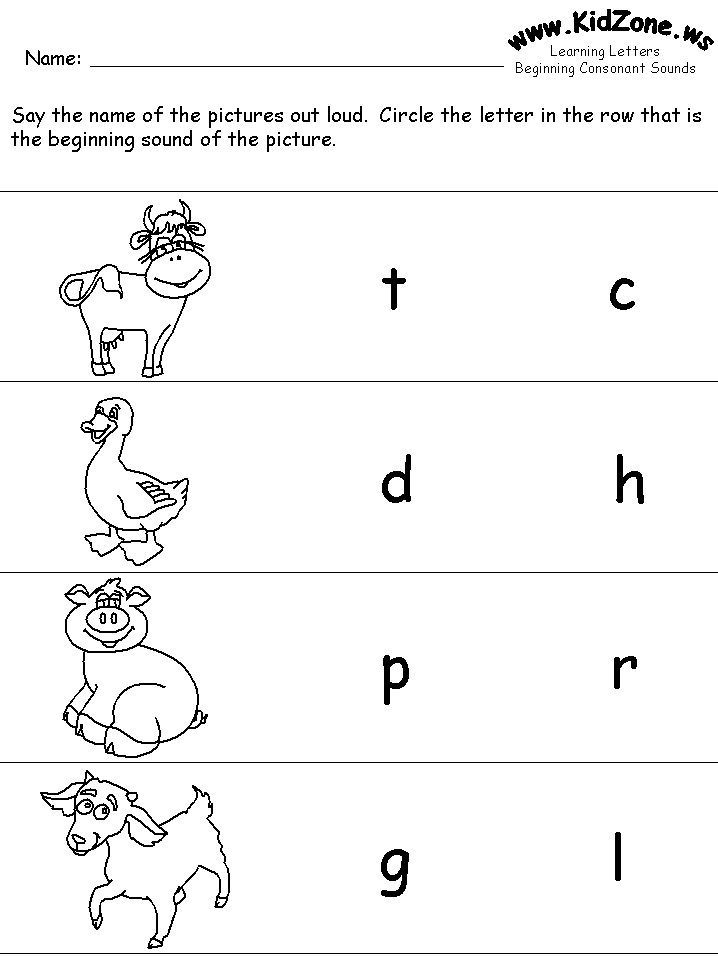 nine0005
nine0005
Another way is to use online services for teaching reading and correcting dyslexia. One of these platforms is Slogi.ru. The method of teaching reading was developed and tested in the laboratory of neurocognitive technologies of the research center of the St. Petersburg State Pediatric Medical University of the Ministry of Health of the Russian Federation under the guidance of Alexander Kornev, a leading specialist in Russia in solving reading problems.
You can watch Elena Sycheva's webinar here. nine0005
Writing is like an elementary school nightmare. 6 tips on how not to torture yourself and your child
Copybooks are an elementary school nightmare. How many nerves were wasted and tears were shed over these scribbled notebooks. And all for what? Our new blogger, Russian language and literature teacher Yulia Minligaleyeva, urges parents to calm down. And he gives advice on how to master the skill of writing without tantrums from both sides.
This speech was inspired by some of my colleagues' ideas about calligraphy norms.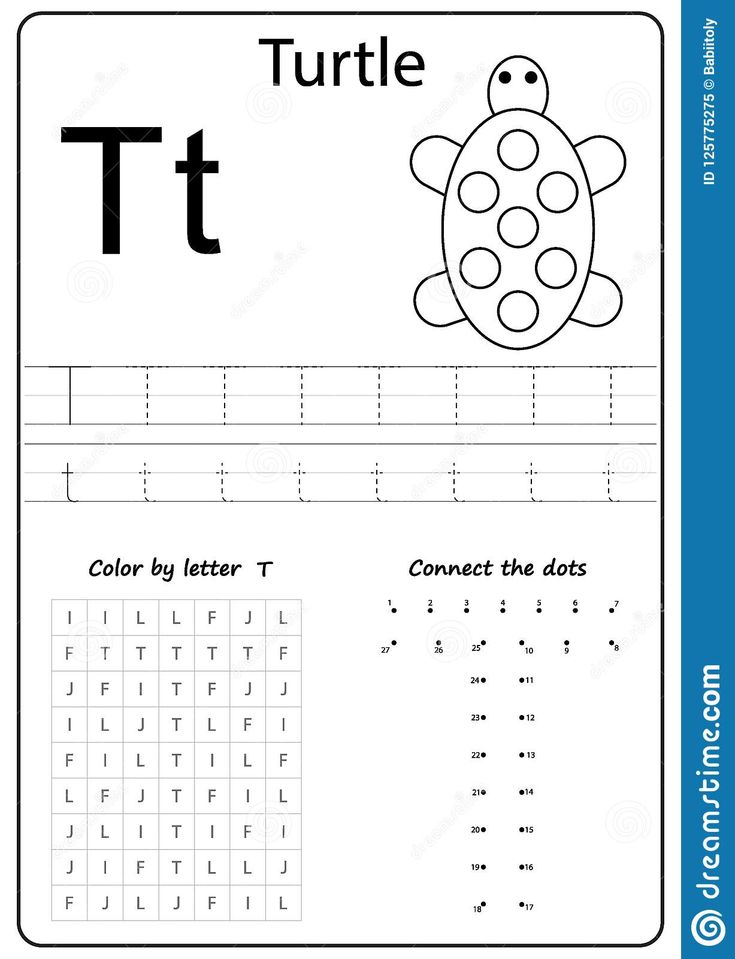 Cells and lines are strictly according to the bill, the slope is strictly according to the norms, "the notebook is the student's face" and other rudiments of "clinical perfectionism". Someone once said that it is necessary to “get bored” while teaching a child to write, everyone believed. There are heroic colleagues who try to stop the zeal of parents (and vice versa, adequate parents who prove that the copy is not equal to the child), but this is the voice of one crying in the desert. nine0005
Cells and lines are strictly according to the bill, the slope is strictly according to the norms, "the notebook is the student's face" and other rudiments of "clinical perfectionism". Someone once said that it is necessary to “get bored” while teaching a child to write, everyone believed. There are heroic colleagues who try to stop the zeal of parents (and vice versa, adequate parents who prove that the copy is not equal to the child), but this is the voice of one crying in the desert. nine0005
Perhaps my point of view is somewhat non-standard, I foresee slippers, but still. If my post saves at least someone from the headache called “prescription”, then I think that I live and work for good reason.
1. Writing is just exercise
Let's be honest: which of us in adult life writes by hand every day for at least an hour? Unless, of course, you are a student. I am a teacher, and I don't write. Then why spend so much effort, tears, pain on a seemingly unnecessary skill? Why not simplify the processes and algorithms for writing letters to Morse code? nine0005
Writing is a very complex physiological process.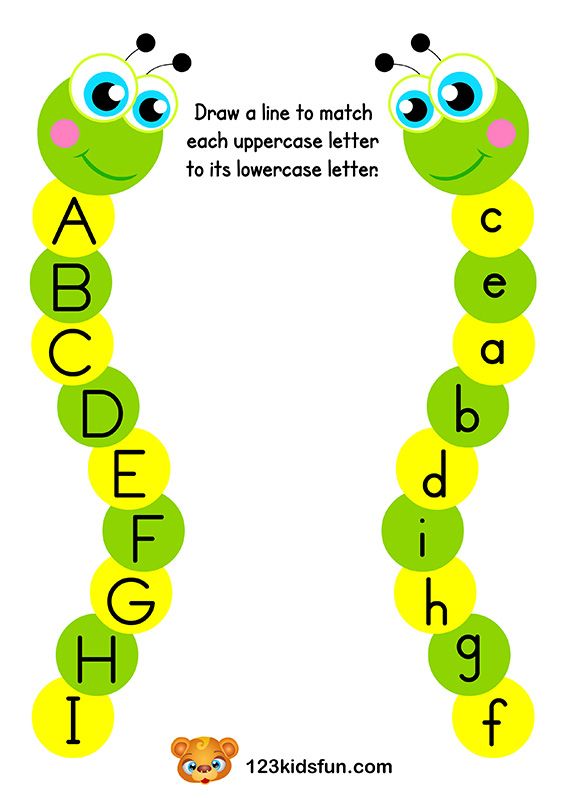 It involves muscles that we don't even know about. Moreover, if writing hygiene is not observed, you can get a "writer's spasm" (I had, believe me, an unpleasant thing). And at the same time, precisely because writing is so complex and irreplaceable, it is necessary as a therapy. The Finns checked - the intellectual abilities of children fall if you replace the letter with short printing.
It involves muscles that we don't even know about. Moreover, if writing hygiene is not observed, you can get a "writer's spasm" (I had, believe me, an unpleasant thing). And at the same time, precisely because writing is so complex and irreplaceable, it is necessary as a therapy. The Finns checked - the intellectual abilities of children fall if you replace the letter with short printing.
I propose to treat the process of writing letters this way - this is exercises for the eyes, fine and large motor skills, for the formation of a muscular corset. And what letters will be obtained and how soon, in fact, the question is secondary, since in the end we all knock on the keys. nine0005
2. Writing should be comfortable
Since writing is therapy, we treat the process accordingly. We select materials with due care: pencils (it’s better to start with them, then move on to pens, follow the thickness), the correct ruler, a chair and table of the right height, a good lamp (remember the light on the left).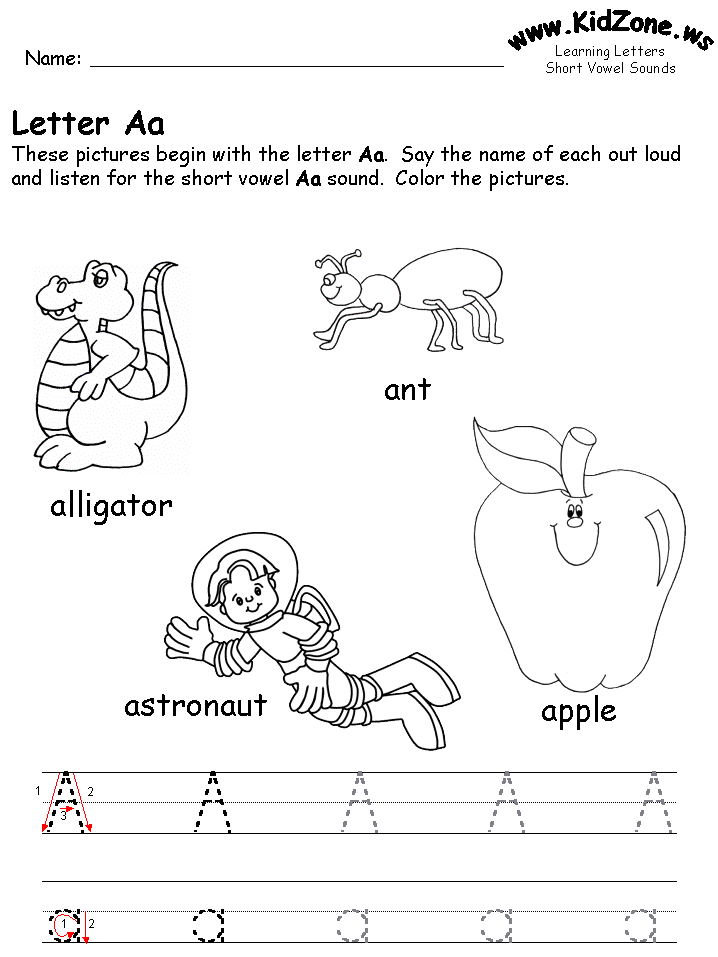
We carefully monitor physical sensations - there should be no clamps, tension, shackled postures. Different literature recommends various options: somewhere to write exclusively sitting at the table, somewhere - standing at the desk. I try this and that: I look at the child. Watch your breath, it should be even, not linger on the elements. nine0005
Naturally, time limits must be observed. Writing prescriptions “from here until evening” is categorically unhealthy! Please set a timer: start with 10 minutes, increase gradually to 25. No more. And no matter what the result will be, the priority is the process. The most important thing in writing is freedom of movement.
3. It's hard for children, accept it
Now about nerves. If it seems to you that the child is not trying, out of spite he writes badly ("It's so simple!"), It seems to you. It's not easy for him at all. The child simultaneously masters the oral pronunciation of the sound, the type of printed grapheme in uppercase and lowercase, and writes completely new squiggles for him, also in two versions for one letter! (multiply, there are 33 letters in Russian).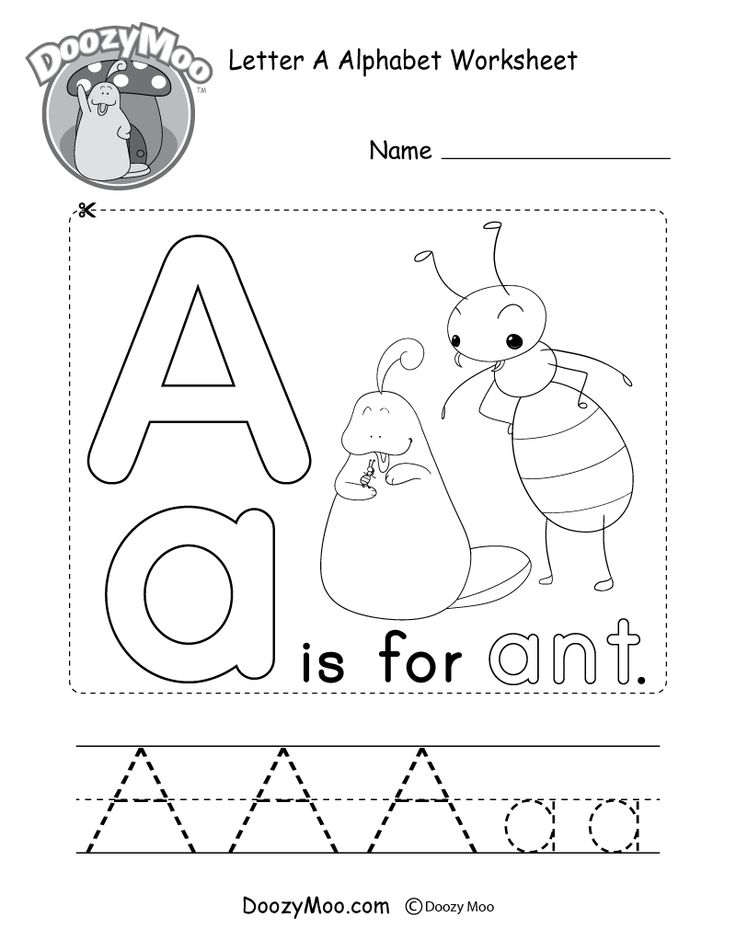 nine0005
nine0005
Maybe you once learned to play a musical instrument (piano, for example). Remember how it is to simultaneously play with two hands and follow the notes? How long does it take to memorize a piece of music? Many. It's the same with writing.
Therefore, we have calligraphic scales. Therefore, with them we begin preparing the hand for writing. And in order for you to also benefit from the process and better understand your child, sit next to me and write too. Left hand only. You'll like it! Then exchange leaves with the child and see who did what. nine0005
4. Recipes cannot be evaluated
An important point! Straight Nota Bene! Do not evaluate the results of your efforts with the child from the position of "I tried here, but it's bad here, two to you." You write and it's already great. For one child, a vertical line with the desired slope will be obtained in two lines, for another - in two years. And they will both be great. We don't judge a fish by its ability to climb a tree.
5. You can write in any way
There is a lot of debate about the method of writing: tear-off or continuous. Tear-off writing was practiced in the days of fountain pens: then, in order to continue writing, it was necessary to dip the pen in ink. With the advent of the ballpoint pen, this need has disappeared. Now many educators and psychologists are in favor of continuous writing, because this is how a child (especially a child with disabilities, and, unfortunately, the majority of them) does not tear his hand away from the line, but moves smoothly along it. This avoids out of sync in self-pronunciation and writing, which means it reduces dysmorphic errors. nine0005
Others consider continuous writing unhygienic, overloading the already weak fine motor skills, spoiling the health of children. During the separation, the hand rests, and all problems with returning to the desired place of the element are solved by micro-breaks and gradual "fusion" of the elements.
My opinion: we are looking at a particular child.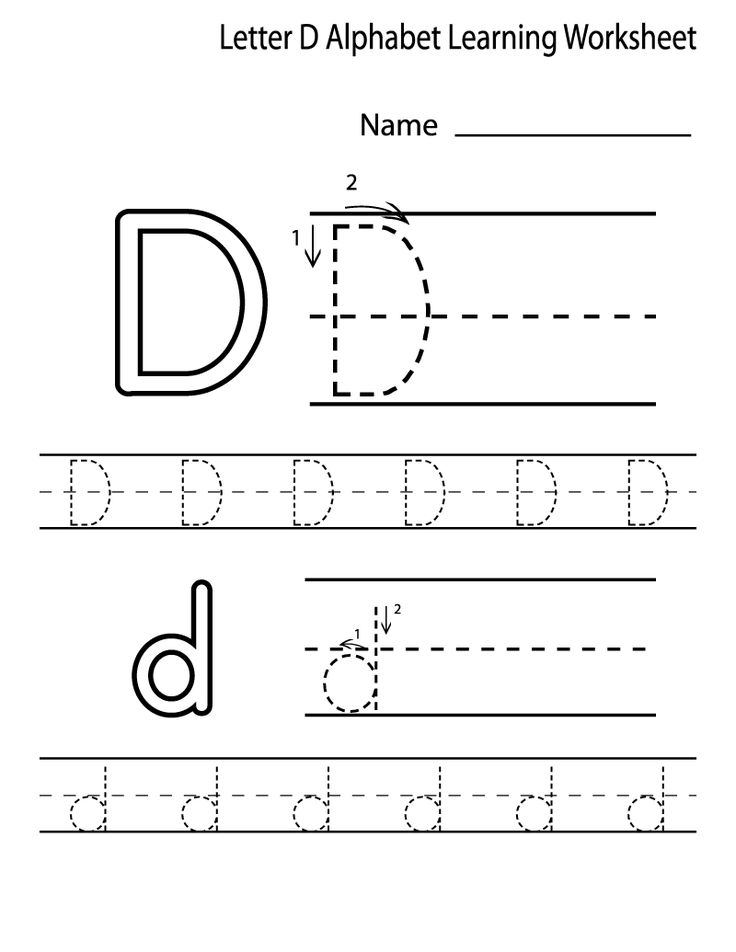 We take into account the anamnesis (neurological status, speech disorders, left-handedness or ambidexterity). We just look at how it is more convenient for the child, at what moments of the letter tensions arise. We choose a way of writing, a technique and stick to it. As a rule, specialists thought about the technique, they already practiced it on someone and got results. nine0005
We take into account the anamnesis (neurological status, speech disorders, left-handedness or ambidexterity). We just look at how it is more convenient for the child, at what moments of the letter tensions arise. We choose a way of writing, a technique and stick to it. As a rule, specialists thought about the technique, they already practiced it on someone and got results. nine0005
6. Bad handwriting is not the end of the world
Remember the wonderful epistolary creations of doctors. And these are not the most stupid people. Moreover, now you rarely see a master student with a more or less readable handwriting. Somehow they reached the degree. Having beautiful calligraphic handwriting is great, but not necessary.
The process of writing can be improved throughout life and accept successes and mistakes with gratitude to yourself. In the end, when your child grows up, he will be able to fill this gap at will. It is much more important to save your nerves (you will still need them at school).